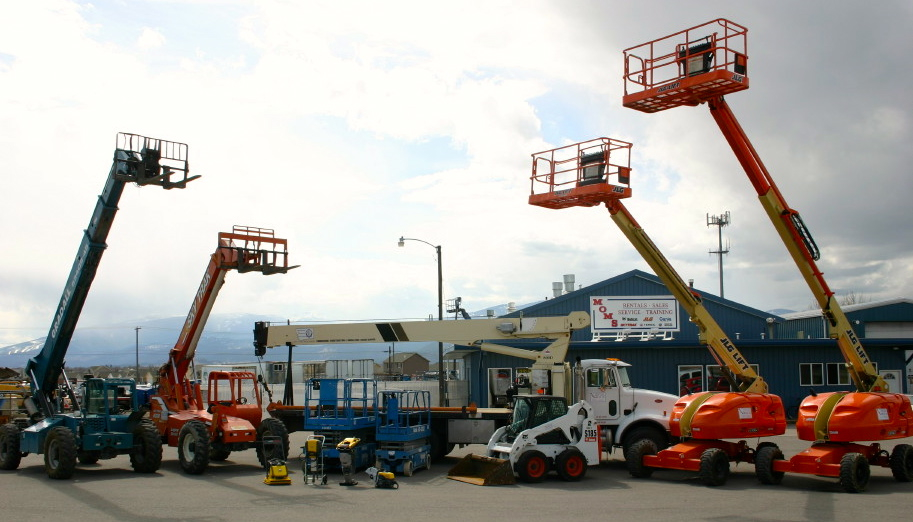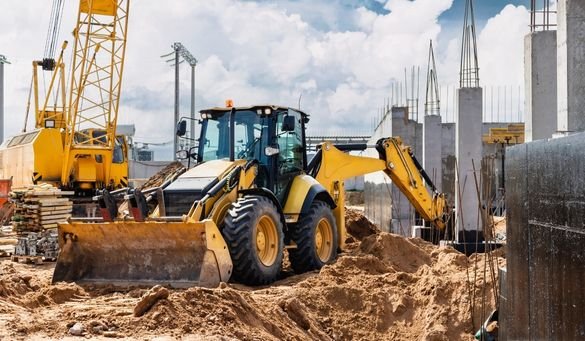Forklift Rental: Heavy Training Equipment for Warehousing and A lot more
Forklift Rental: Heavy Training Equipment for Warehousing and A lot more
Blog Article
Maximize Your Budget by Recognizing the Prices Associated With Construction Equipment Rentals
Understanding the full extent of costs linked with building tools rentals is crucial for optimizing your budget. What approaches can be employed to properly manage these prices and guarantee an extra effective rental experience?
Introduction of Rental Prices
When considering building and construction equipment rentals, understanding the linked expenses is extremely important for reliable budgeting and task planning. Rental expenses can differ significantly based upon several variables, including tools kind, duration of leasing, and area. The preliminary rental cost typically mirrors the equipment's market demand and its linked operational abilities, affecting the overall cost.
In enhancement to the base rental rate, supplementary prices may develop, such as transport fees, fuel additional charges, and maintenance costs. It is necessary to make up these extra expenses to properly evaluate the complete cost of leasing equipment. The rental duration can impact rates; longer services might certify for reduced prices, while temporary leasings could incur higher everyday fees.

Break Down of Rental Rates
A thorough understanding of rental prices is essential for contractors and task supervisors aiming to maximize their spending plans. Rental prices for building and construction devices usually contain several elements, including base rates, time-based costs, and use costs.
Base rates are the core costs connected with the leasing of the tools, often identified by the kind and size of the equipment. These rates can differ dramatically, affected by elements such as tools demand, availability, and regional market fads. Time-based fees, which may be daily, weekly, or monthly, serve to fit various task timelines and rental periods.
Furthermore, rental rates may include usage fees, which are appropriate when equipment is utilized beyond a specified threshold, ensuring that the rental company can represent damage. Seasonal demand changes can additionally affect rental rates, with peak building and construction periods usually regulating greater rates.
Additionally, comprehending the rental firm's plans pertaining to maintenance and insurance policy can offer more understanding into the general expense framework. By examining these elements, service providers can make enlightened decisions, ensuring the selection of rental equipment aligns with both task requirements and budget plan constraints.
Additional Costs to Consider
Comprehending the details of added fees is vital for professionals to manage their overall leasing expenditures effectively. Past the standard rental prices, different supplemental fees can considerably affect the total expense of tools service. These fees often consist of delivery and pick-up costs, which can differ based upon distance and logistics associated with transporting the tools to and from the job site.
Moreover, some rental business may impose gas surcharges if the tools is returned with less fuel than when rented. It is also necessary to recognize prospective cleaning charges, specifically for customized equipment that needs thorough maintenance after use.

Completely reviewing the rental arrangement and clarifying these extra costs upfront can aid service providers guarantee and stay clear of unanticipated prices that budget plans remain intact throughout the job lifecycle.
Upkeep and Repair Service Expenses
Regular repair and maintenance costs are usually neglected aspects that can significantly influence the general price of building and construction tools leasings. When leasing devices, it is crucial to think about not only the rental fees but additionally the possible costs linked with keeping the machinery in optimal operating problem.
Lots of rental firms consist of fundamental maintenance as part of the rental agreement; nevertheless, a lot more substantial repair work or unexpected break downs can lead to additional costs. It's crucial to examine the rental contract carefully to understand what upkeep services are covered and what duties fall on the tenant.
Additionally, equipment that is not well-kept can result in inadequacies on duty site, possibly raising and creating delays job costs. To reduce these risks, it is suggested to perform normal evaluations and keep open communication with the rental copyright regarding any kind of concerns that arise during use.
Insurance and Obligation Expenses
Insurance coverage and obligation prices are vital elements that can substantially influence the general expenditure of building and construction equipment rentals (rental company near me). These prices make certain that both the rental company and the client are secured from possible financial losses occurring from accidents, damages, or burglary throughout the rental period

In addition, customers must understand any deductibles or exemptions in the insurance coverage, as these can influence prospective see here out-of-pocket costs. Understanding the terms and conditions of any insurance policy protection is crucial to prevent unanticipated costs. Inevitably, budgeting for insurance coverage and liability costs can help make certain a smoother rental experience and protect against financial threats connected with building projects.
Final Thought
In final thought, a thorough understanding of the prices associated with construction equipment services is vital for efficient budget plan administration. Eventually, educated decision-making concerning tools leasings contributes to the overall success of building and construction ventures.
Rental costs can vary substantially based on several variables, consisting of tools type, period of leasing, and location (dozer rental). The rental period can influence rates; longer services might qualify for affordable prices, while temporary leasings could incur greater daily charges
By performing detailed study and engaging with trusted rental firms, contractors can effectively browse the intricacies of rental pricing, eventually optimizing their monetary resources.
Past the conventional rental rates, different supplementary charges can dramatically influence the complete expense of equipment service. Rental companies typically give liability insurance coverage that covers injuries to 3rd events or damage to building, while equipment damages insurance coverage can cover the price Read Full Report of repairs or substitute if the leased tools is harmed.
Report this page